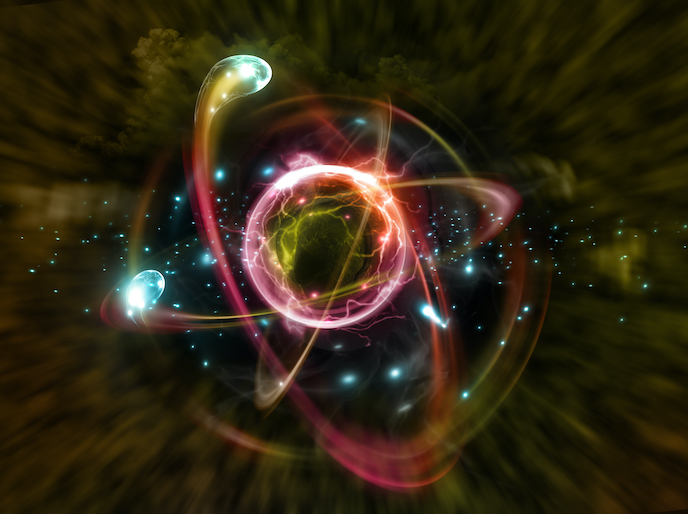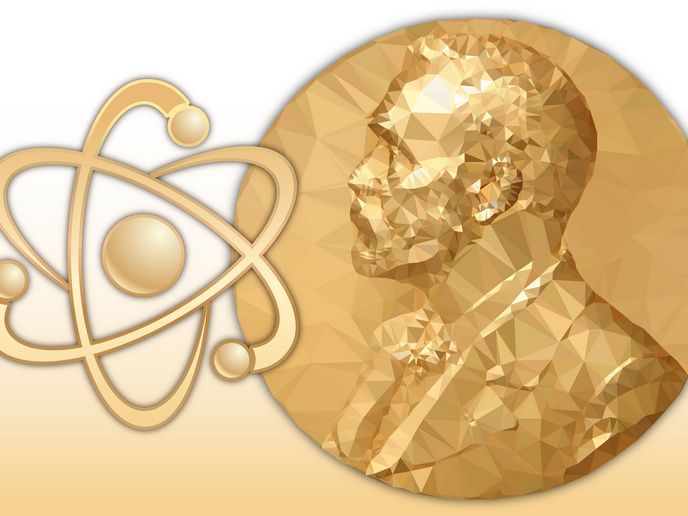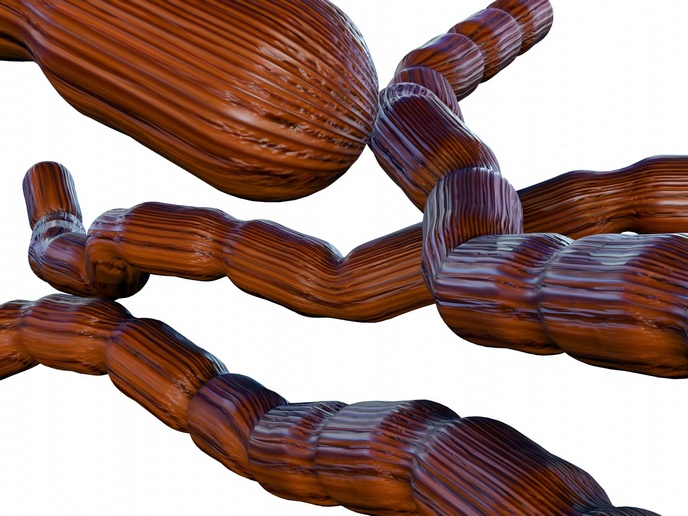Achieving a clearer picture of the nuclear world
The nucleus(opens in new window) – made up of a bundle of protons and neutrons(opens in new window) – is at the heart of all matter. Every atom consists of a positively charged nucleus, surrounded by a cloud of negatively charged electrons. Although its existence was discovered more than 100 years ago, scientists still do not have a complete understanding of its properties. “A key challenge to understanding nuclei is the fact that the force between nucleons(opens in new window), the protons and neutrons, is currently ill-defined,” explains Kieran Flanagan, professor of nuclear physics at the University of Manchester(opens in new window), United Kingdom. “However, there are certain nuclei that have a relatively simple structure. These nuclear systems represent an ideal laboratory for better understanding the forces between nucleons. Many of these nuclei are short-lived though, and can only be examined in specialised nuclear facilities.”
Studying short-lived nuclei
The EU-supported FNPMLS(opens in new window) project was launched with the aim of more precisely measuring these short-lived nuclei, and bringing a useable technique to a wider scientific audience. This was achieved with the development of a method called collinear resonance ionisation spectroscopy(opens in new window) (CRIS). The technique applies laser spectroscopy(opens in new window) to deliver high-resolution measurements of nuclei. The project was carried out at the ISOLDE facility at CERN(opens in new window), the world’s premier radioactive beam facility. “CRIS was first proposed in the early 1980s as a means of achieving high-precision and high-sensitivity measurements simultaneously,” adds Flanagan. “This makes it potentially ideal for studying these short-lived nuclei.” While Flanagan and his team had previously been able to demonstrate the high sensitivity of the CRIS method, combining high precision and high sensitivity had not been experimentally realised. “A key objective of this project was to demonstrate that the CRIS method could achieve this,” says Flanagan. “This was achieved by developing a novel chopped light method, where resonant and ionisation steps are delayed from each other. This improve our resolution by more than a factor 50.”
Advancing nuclear theory
The FNPMLS project builds on what Flanagan calls a ‘quiet revolution’ in nuclear theory – the rapid expansion of computational power. This has presented nuclear scientists with the opportunity to more accurately predict the properties of nuclei. Flanagan sees this project as a continuation of these advances, providing scientists with a potentially valuable tool to better understand the fundamental interactions going on within the nucleus. Experiments carried out during the project have already helped to advance our understanding of nuclei, and contributed to nuclear theory. “The sensitivity of the CRIS method has opened up new opportunities to study short-lived radioactive molecules, such as radium monofluoride (RaF),” says Flanagan. “No experimental studies had been conducted due to difficulties associated with preparing radioactive samples of RaF. However, we were able to measure the molecular structure of RaF for the first time, and demonstrate the CRIS method as an ideal tool for studying these short-lived systems.” The high sensitivity of the CRIS method also lends itself to enhancing other techniques. These include improving the performance of inductively coupled plasma mass spectrometry(opens in new window) (ICP-MS). This technique has a range of critical applications, for example in the characterisation of low-level nuclear waste and the restoration of land. “We have since established a collaboration with the United Kingdom’s National Nuclear Laboratory and Nuclear Decommissioning Authority,” he notes. “We have also been awarded a bursary to fund a PhD to start working on developing this concept.”







